West Coast East Coast Beef Source
The Truth About Tupac And Biggie's Notorious Beefiness
The beef betwixt 2Pac and The Notorious B.I.G. (Tupac Shakur and Christopher Wallace) is not just the most well-known and well-documented in rap history, simply has come up to embody the West Coast-E Coast hip-hop rivalry that took off in the 1990's. Ironically, both men were born in New York: 2Pac in Harlem in 1971, per Biography, and Biggie in Brooklyn in 1972. Both men grew up in troubled households, wound up selling drugs for money, had gifts for English language and the arts that were clear from an early historic period, and worked their way into the rap game largely through pure grit and talent. 2Pac wound up moving out to California, and went on to be signed to Interscope Records, and later Expiry Row (home of Dr. Dre & Snoop Dogg) in Los Angeles, and Biggie was signed by Puff Daddy's Bad Male child Records in Manhattan.
Both men were murdered in drive-bys nether mysterious circumstances, and both of their cases remain unsolved to this 24-hour interval. 2Pac was gunned down in Los Vegas in 1996, and Biggie a mere six months later in 1997, in Los Angeles. Regardless of the fame they garnered while alive, 2Pac and Biggie have attained legendary posthumous statuses, to the point of martyrdom. They've come to embody both the spirit and dangers of the rap game, the struggle to survive, and the will to rise above the circumstances of i's nascence. Their deaths, at the moments their careers were taking off, changed the grade of not only rap history, but all of the music history.
While they were live, 2Pac and Biggie began every bit friends. But past the time they died, they'd go not merely diss track rivals, but bitter enemies to the indicate of hatred and actual gunfire.
Ambitionz az a ridah
Pac and Biggie met in 1993 at a firm political party at Pac's place in Los Angeles, according to a report by Vice. 2Pac had already started to come up into fame with 1991's 2 P acalypse At presentand was a platinum-selling artist. Biggie, like others, revered 2Pac and asked a local drug dealer in Los Angeles if he could get an into Pac's place for the party. The 2 met in the kitchen over steaks, french fries, bread, and Kool-Aid, and not only hit it off, but 2Pac gifted Biggie a bottle of his favorite drink, Hennessy.
From that point on, 2Pac more or less took Biggie under his wing as his "lieutenant," he says. Biggie stayed at 2Pac'south place whenever he visited Los Angeles, and 2Pac picked upwards Biggie in Brooklyn in a white limousine whenever he passed through New York. Biggie wasn't yet known outside of Brooklyn, and even though a lot of rappers were vying for 2Pac'due south attending, Pac gave special attending to Biggie, to the signal of influencing not only his lyrical style, just his branding strategy (encouraging him to write for women, not men). Eventually, Biggie caught the attention of Puff Daddy at Bad Male child Records, which at the fourth dimension was a nascent label yet to show itself. Biggie, though, wanted 2Pac himself to exist his manager. 2Pac declined, infamously remarking, "Nah, stay with Puff. He volition make yous a star."
This marked the offset of the end of their friendship, and the rising of the notorious, vicious beef betwixt both men that would lead to their deaths.
Mo money mo bug
In 1994 Tupac found himself embroiled in a court instance involving rape allegations after becoming involved with a wealthy man known as Haitian Jack that he'd come beyond in clubs, according to Vice. Biggie had apparently warned Tupac to stay abroad from Jack, but to no avail. The courtroom case drained Tupac's bank accounts, only he remained defiant and considered himself invincible. At that point he was invited to perform on a track for rapper Little Shawn, who knew Puff Daddy and Biggie. Tupac went to Quad Recording Studios and was greeted by men wearing camo and toting guns. Pac pulled his firearm and they gunned him downward, stole some of his possessions, and fled. 2Pac played dead until they left, and then rode the elevator to an upper floor, where he was greeted by what he claimed were a guilty-looking Puff Daddy and Biggie.
An bearding bulletin was subsequently relayed to the NYPD for Pac. It said, "Nobody came to rob you. They came to bailiwick you."
It didn't thing to Pac; he blamed Biggie and Puff Daddy and considered them traitors. His trial wasn't over, and he was sentenced to a year and a one-half in prison. While in prison his rage seethed fifty-fifty as Biggie's fame started to accident up. The situation was non made any better when Biggie released a rail effectually this fourth dimension called, "Who Shot Ya," which he swears was recorded before 2Pac'southward assault.
Where hip-hop lives
While 2Pac was in jail he was courted by Death Row representative Suge Knight, who traveled beyond the country on regular visits to convince Pac to join the characterization, which had a reputation for being a "family unit-based," wildly run operation. When Pac got out he went to work in the studio, spending 19 hours a mean solar day furiously writing music, according to Slate, including the diss track "Hit 'Em Up," a direct provocation towards Biggie that threatened violence and established 2Pac equally an opposing representative of the Westward Coast rap scene.
The Westward Coast-East Declension rap rivalry had started well earlier that moment, with West Coast rappers, centered in Los Angeles, seeking respect and legitimacy in the eyes of East Coast rappers, centered in New York, the official birthplace of hip-hop in the early 1970'south in the Bronx, per National Geographic. East Coast nail bap met Westward Coast k-funk, and as early as 1991 radio stations such equally Ability 106 (KPWR-FM) in LA launched slogans such equally, "Where hip-hop lives," as described in AMNY. This rivalry didn't necessarily collaborate with 2Pac and Biggie until their beef became public, withal. At that betoken, though, Decease Row and Bad Boy did nothing to dispel the then-growing feud between coasts, and if annihilation, used information technology to their financial advantage, regardless of the upshot on 2Pac and Biggie.
Every bit Biggie and 2Pac's beef fueled the rivalry between coasts, the popularity of hip-hop surged. Only information technology would come at a high cost.
Thug life
Presently thereafter, both men released their concluding albums, each on their year of their deaths: 2Pac'due south 1996All Eyez on Me,and Biggie's 1997, eerily namedLife After Decease. Both men were gunned down before their careers could fifty-fifty peak. 2Pac was shot while in Las Vegas while in a car with Suge Knight (who survived), and passed away half dozen days later on on September 13th, 1996. Biggie Smalls was shot and killed on March 9th, 1997. While the perpetrators of these murders accept never been found, plenty of theories and conspiracies have cropped upward regarding both men'southward death, typically focused on some dealings between their respective record labels, the West Coast-Eastward Coast beef, or the beef between 2Pac and Biggie itself.
Regardless of the cause, both 2Pac and Biggie left a legacy of music, rawness, and stories of the street that serve as both a monument to lives of struggle, and too a warning to avoid such lives altogether if possible. Out of all the lyrics written by 2Pac and Biggie, one quote from 2Pac, which he attributes to his mother, stands out, 'If you tin can't find somethin' to live for, you all-time find somethin' to die for.'"
Surely, 2Pac and Biggie did both.
Source: https://www.grunge.com/222084/the-truth-about-tupac-and-biggies-notorious-beef/
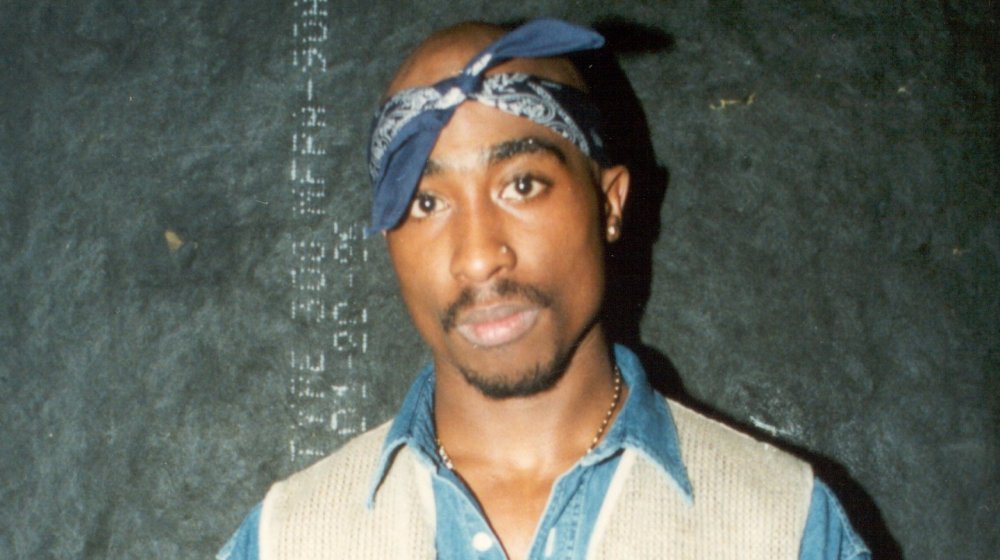
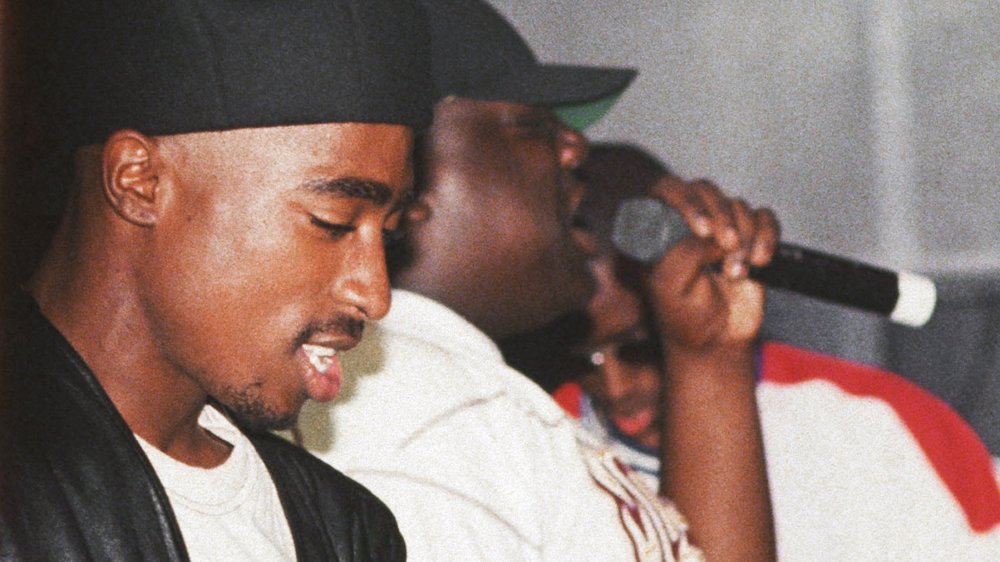
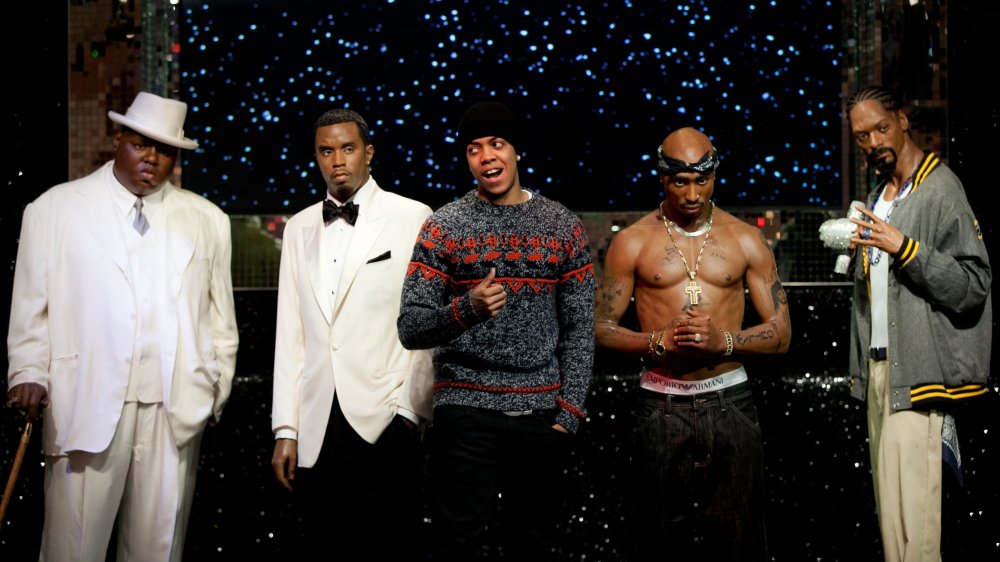
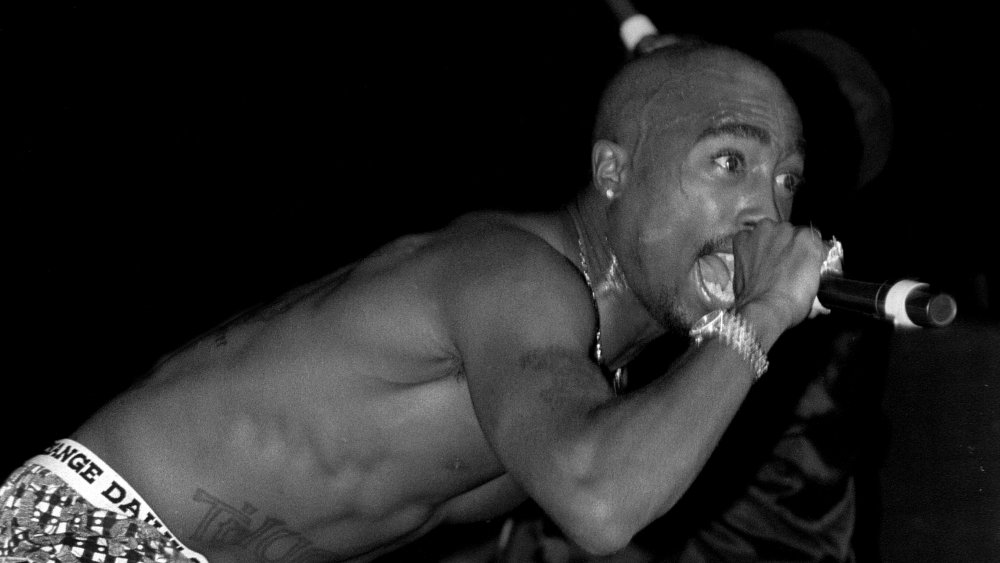
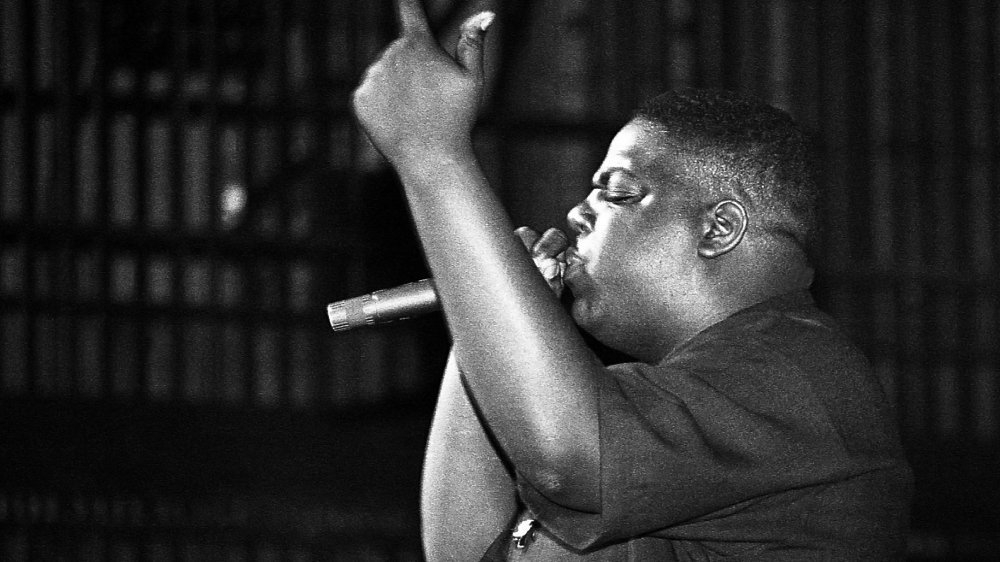
0 Response to "West Coast East Coast Beef Source"
Post a Comment